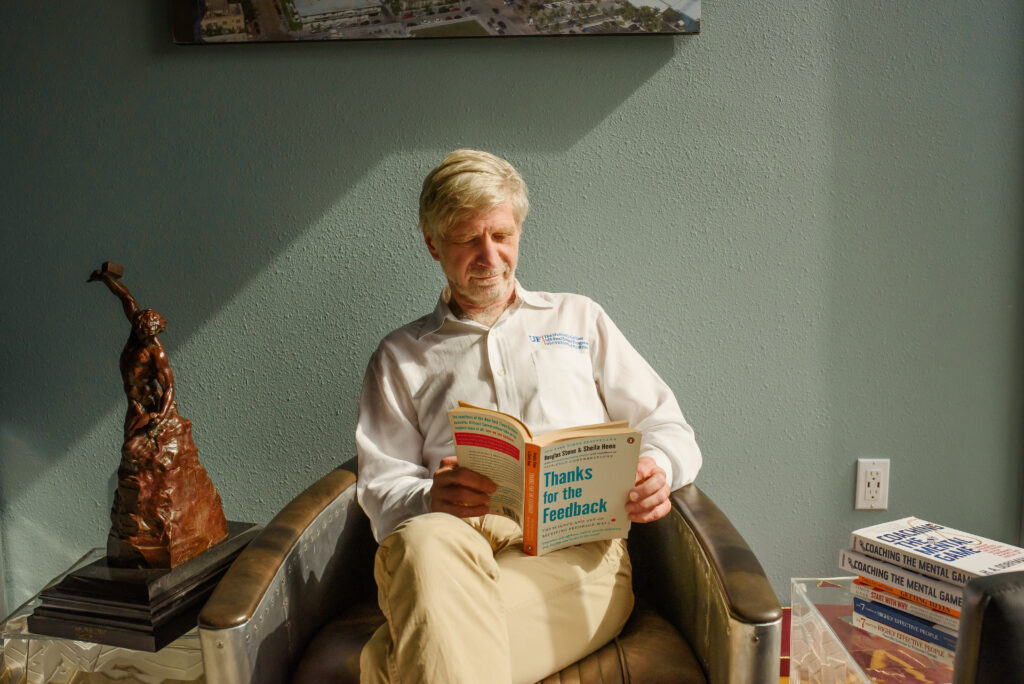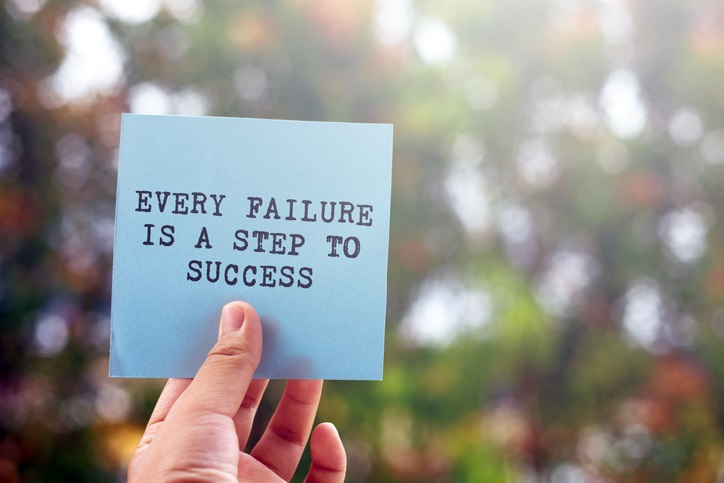A major challenge in life is to do as well as we know. To know and not do is to not know. Why do we repeat mistakes? Not perform at our best? People learn best when there is an emotional connection that helps them remember the lesson.
This aviation story provides a compelling example:
Many private airplane accidents fall into a few simple, familiar categories: flying into or taking off in bad weather, flying too low, flying fatigued, running out of gas, trying to take off with an overloaded plane (full tanks, too much luggage, overweight passengers), particularly when the altitude or weather conditions or runway length make it marginal. Most pilots know these common errors backwards and forwards, yet accidents still happen with depressing regularity. Why? The consequences are not emotionally real in the moment to the pilots. They are theoretical, they happen to the “other guy.”
How to impact pilot safety behavior? How to make the consequences real? A simple role-playing exercise done during a pilot safety training class for a major airline illustrates how to create emotional anchors that can change behavior.
Two pilots volunteered to sit in chairs facing the class at the front of the room. They represented a pilot and co-pilot who had been killed in an actual crash caused by pilot error. They were asked for the names of the spouses and children, and other pilots then played the roles of these family members. The “family members” then asked their fathers/husbands why they had made the decisions that led to the accident:
“Dad! We miss you! Why did you continue the approach even though there was heavy rain and wind shear? Why didn’t you divert? Why didn’t you wait?”
“Honey! It so hard without you. I miss you every day. Why didn’t you turn around when you saw that squall line?”
“Daddy! Where are you? When are you coming home? Why did you fly when you were tired? I need you.”
Needless to say there was barely a dry eye in the audience and the participants had a hard time completing the exercise. Twenty years later, an observer stated that the memory of that exercise still gives him the chills.
Few challenges in life involve such potential life or death consequences but the principle is the same. One way to always do as well as you know is to create compelling emotional anchors, vivid visualizations both of the desired outcome and of the consequences of failure.
(I’m indebted to Jay Hopkins’ “The Human Factor” column titled “No Greater Burden” in the May 2013 issue of Flying magazine for the facts and many quotes in this post.)





